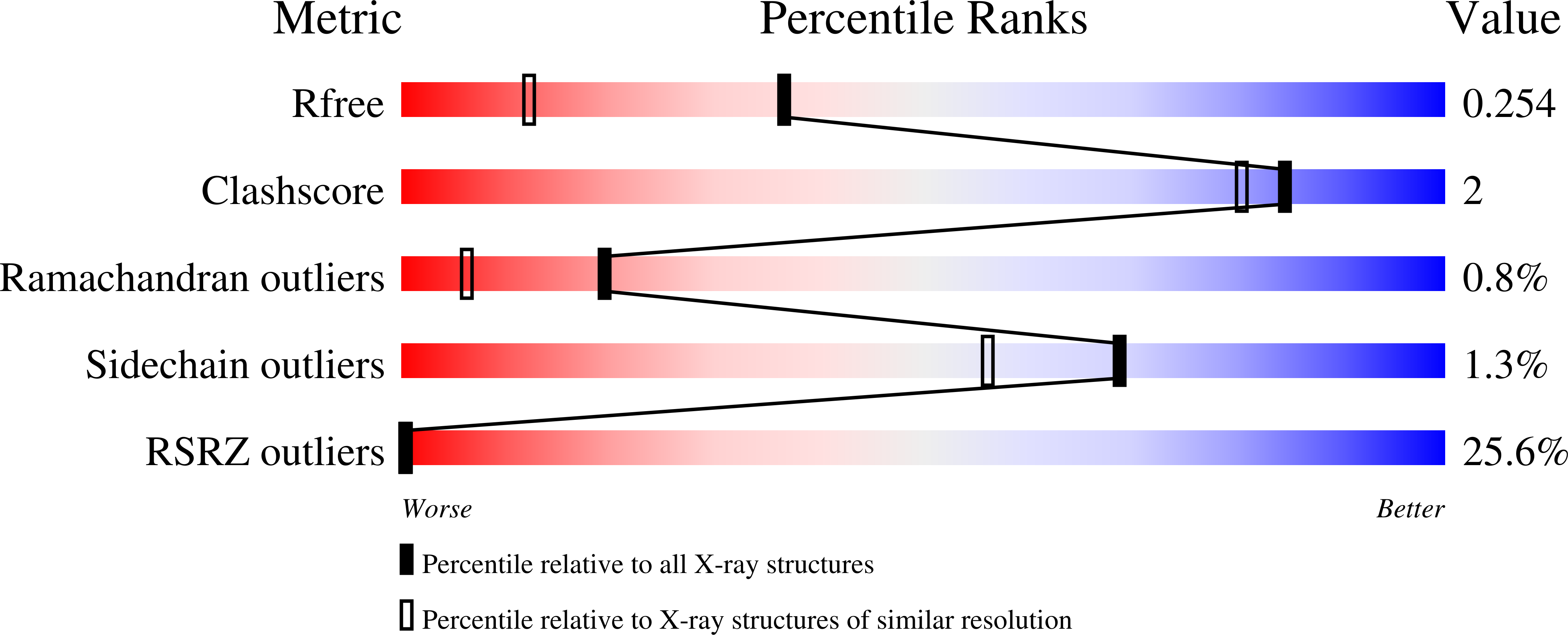
Deposition Date
2008-02-11
Release Date
2008-12-09
Last Version Date
2023-12-13
Entry Detail
Biological Source:
Source Organism:
ARCHAEOGLOBUS FULGIDUS (Taxon ID: 2234)
synthetic construct (Taxon ID: 32630)
synthetic construct (Taxon ID: 32630)
Host Organism:
Method Details:
Experimental Method:
Resolution:
1.70 Å
R-Value Free:
0.23
R-Value Work:
0.19
R-Value Observed:
0.19
Space Group:
P 1 21 1


